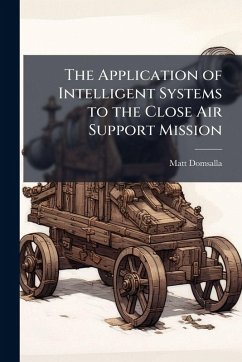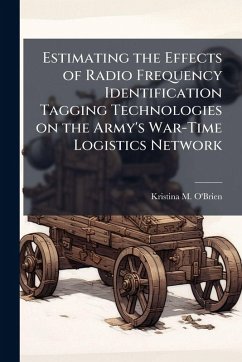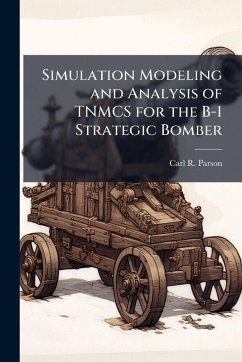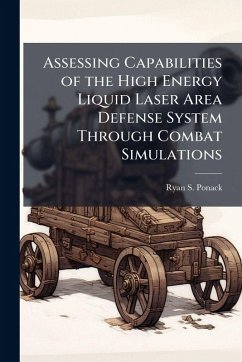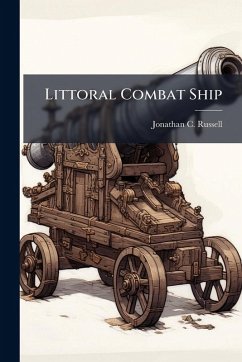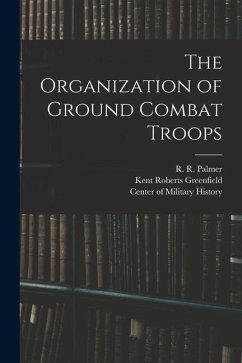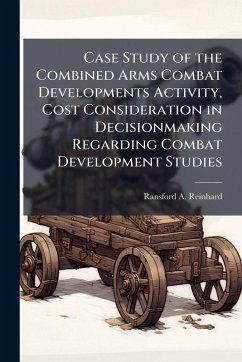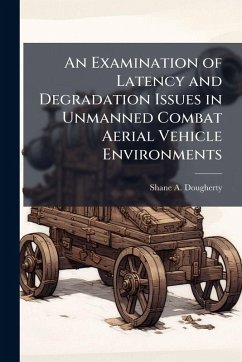
Combat Identification Modeling Using Neural Networks Techniques
Versandkostenfrei!
Versandfertig in über 4 Wochen
17,99 €
inkl. MwSt.
Weitere Ausgaben:

PAYBACK Punkte
9 °P sammeln!
The purposes of this research were: (1) validating Kim's (2007) simulation method by applying analytic methods and (2) comparing the two different Robust Parameter Design methods with three measures of performance (label accuracy for enemy, friendly, and clutter). Considering the features of CID, input variables were defined as two controllable (threshold combination of detector and classifier) and three uncontrollable (map size, number of enemies and friendly). The first set of experiments considers Kim's method using analytical methods. In order to create response variables, Kim's method use...
The purposes of this research were: (1) validating Kim's (2007) simulation method by applying analytic methods and (2) comparing the two different Robust Parameter Design methods with three measures of performance (label accuracy for enemy, friendly, and clutter). Considering the features of CID, input variables were defined as two controllable (threshold combination of detector and classifier) and three uncontrollable (map size, number of enemies and friendly). The first set of experiments considers Kim's method using analytical methods. In order to create response variables, Kim's method uses Monte Carlo simulation. The output results showed no difference between simulation and the analytic method. The second set of experiments compared the measures of performance between a standard RPD used by Kim and a new method using Artificial Neural Networks (ANNs). To find optimal combinations of detection and classification thresholds, Kim's model uses regression with a combined array design, whereas the ANNs method uses ANN with a crossed array design. In the case of label accuracy for enemy, Kim's solution showed the higher expected value, however it also showed a higher variance. Additionally, the model's residuals were higher for Kim's model. This work has been selected by scholars as being culturally important, and is part of the knowledge base of civilization as we know it. This work was reproduced from the original artifact, and remains as true to the original work as possible. Therefore, you will see the original copyright references, library stamps (as most of these works have been housed in our most important libraries around the world), and other notations in the work. This work is in the public domain in the United States of America, and possibly other nations. Within the United States, you may freely copy and distribute this work, as no entity (individual or corporate) has a copyright on the body of the work. As a reproduction of a historical artifact, this work may contain missing or blurred pages, poor pictures, errant marks, etc. Scholars believe, and we concur, that this work is important enough to be preserved, reproduced, and made generally available to the public. We appreciate your support of the preservation process, and thank you for being an important part of keeping this knowledge alive and relevant.



